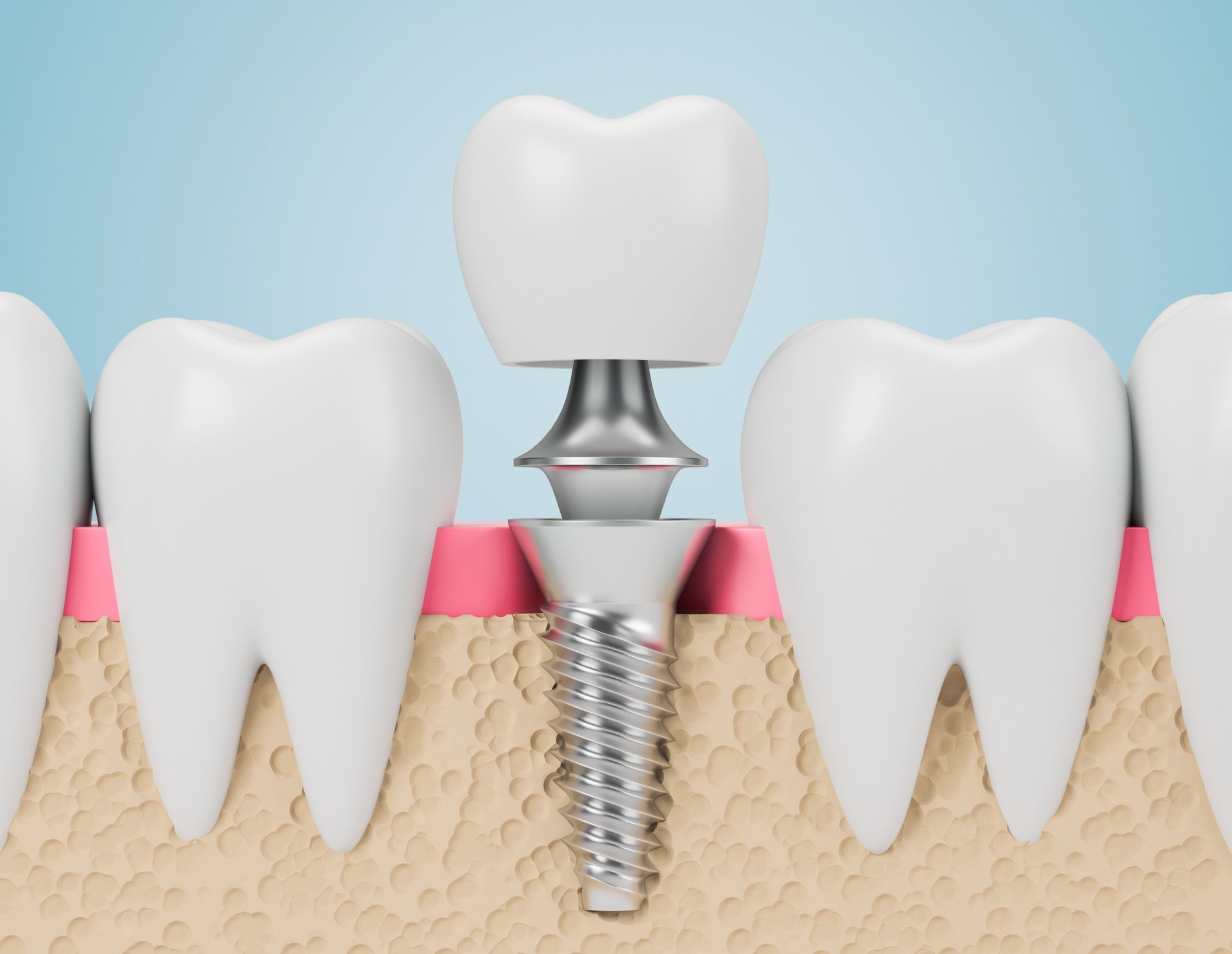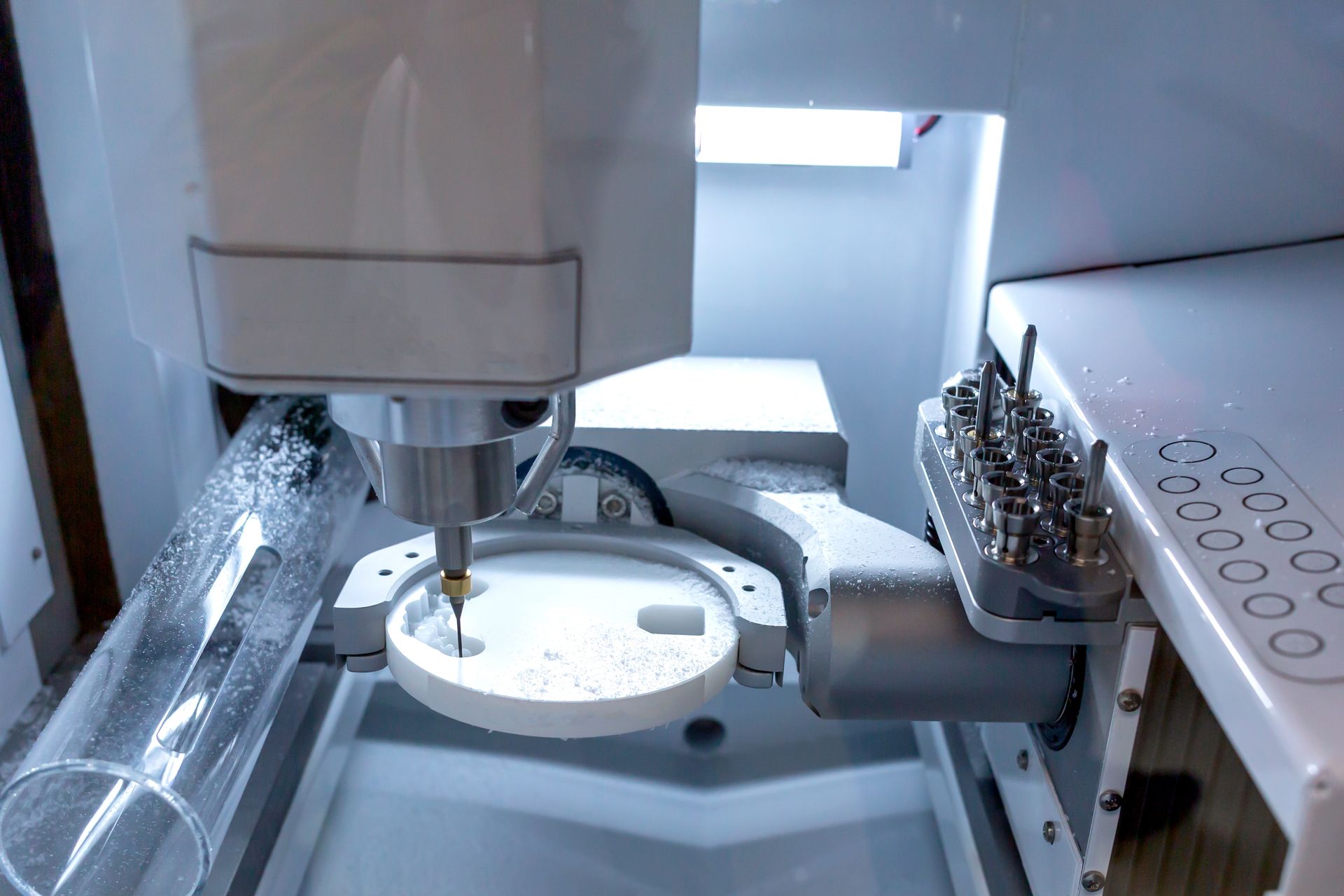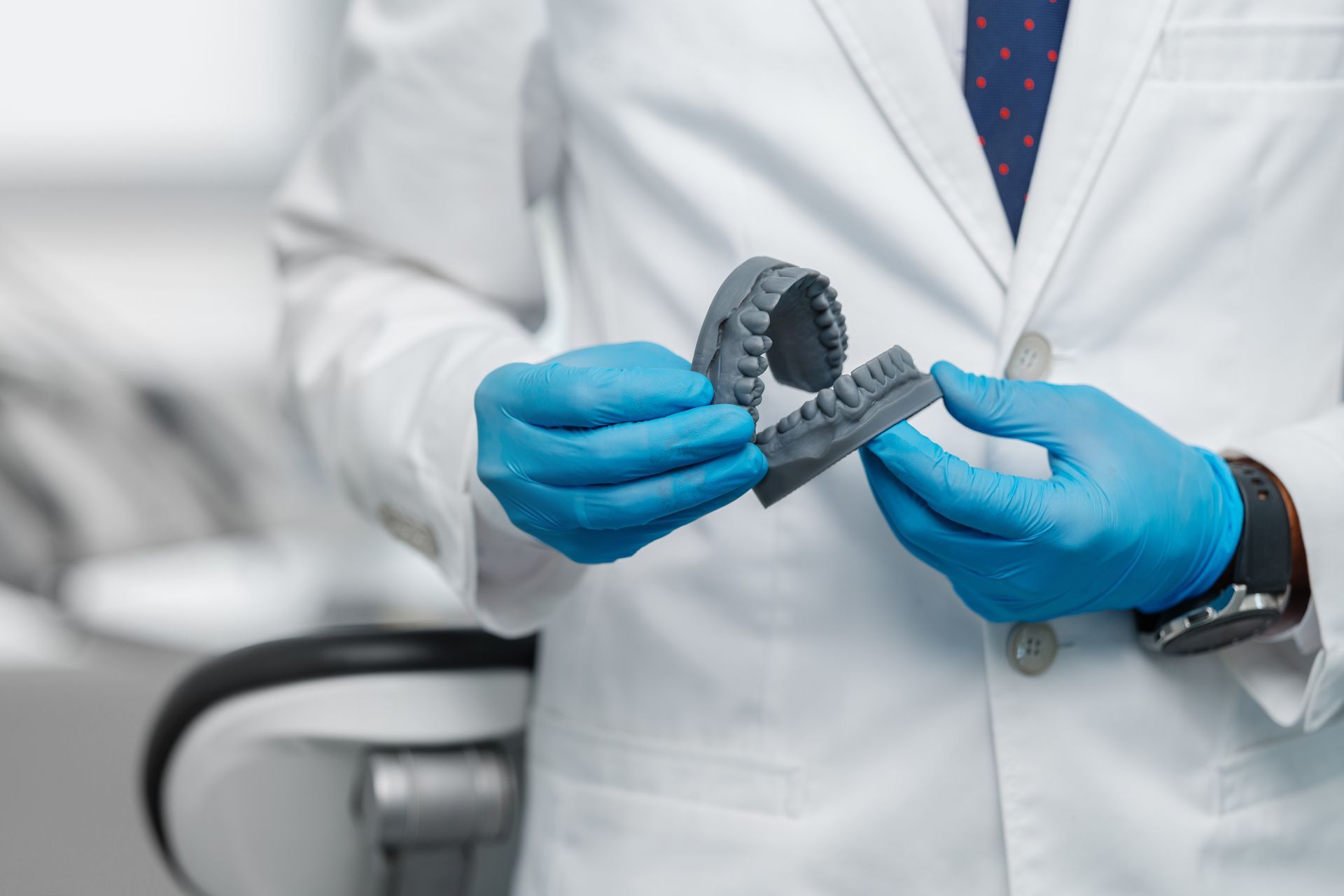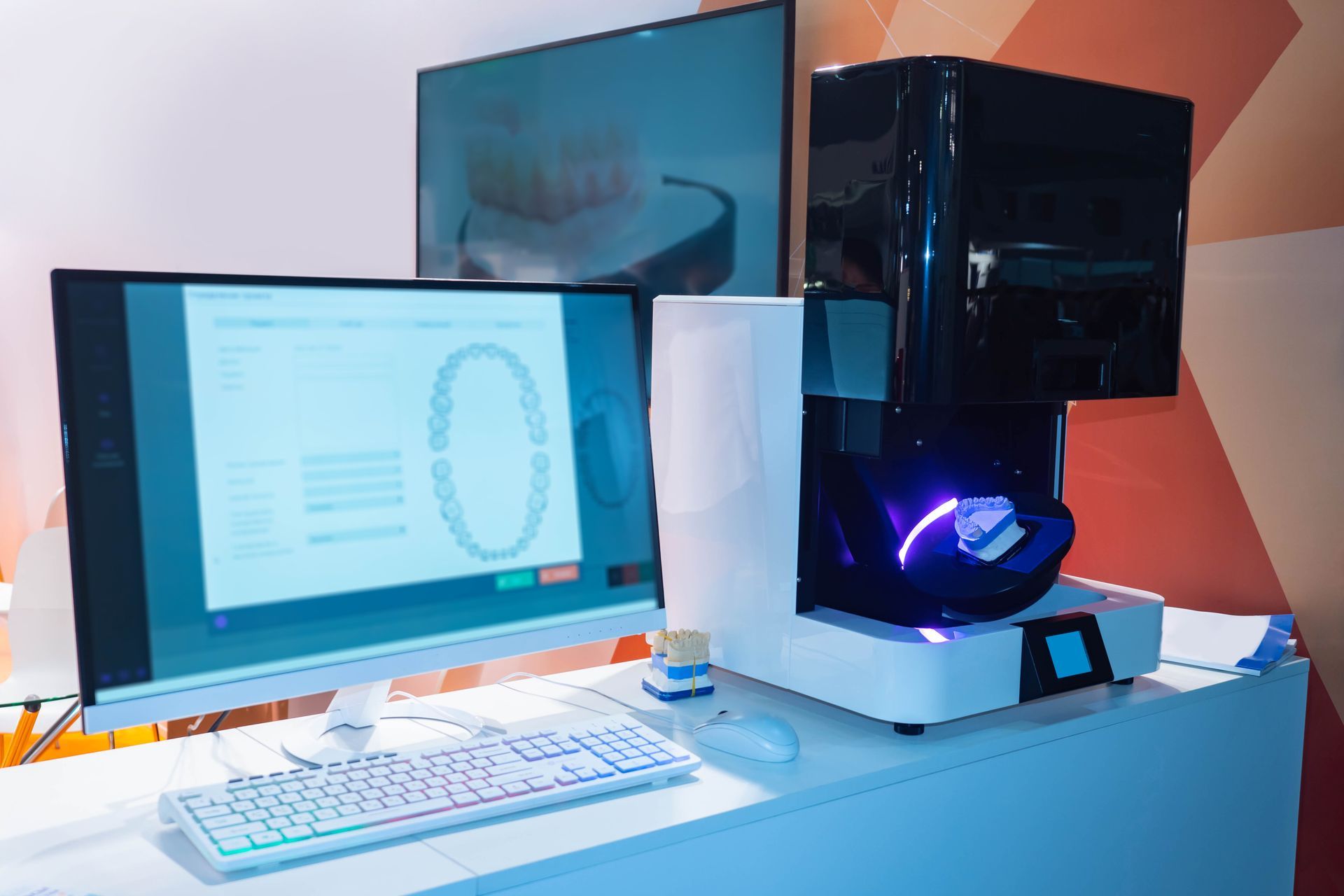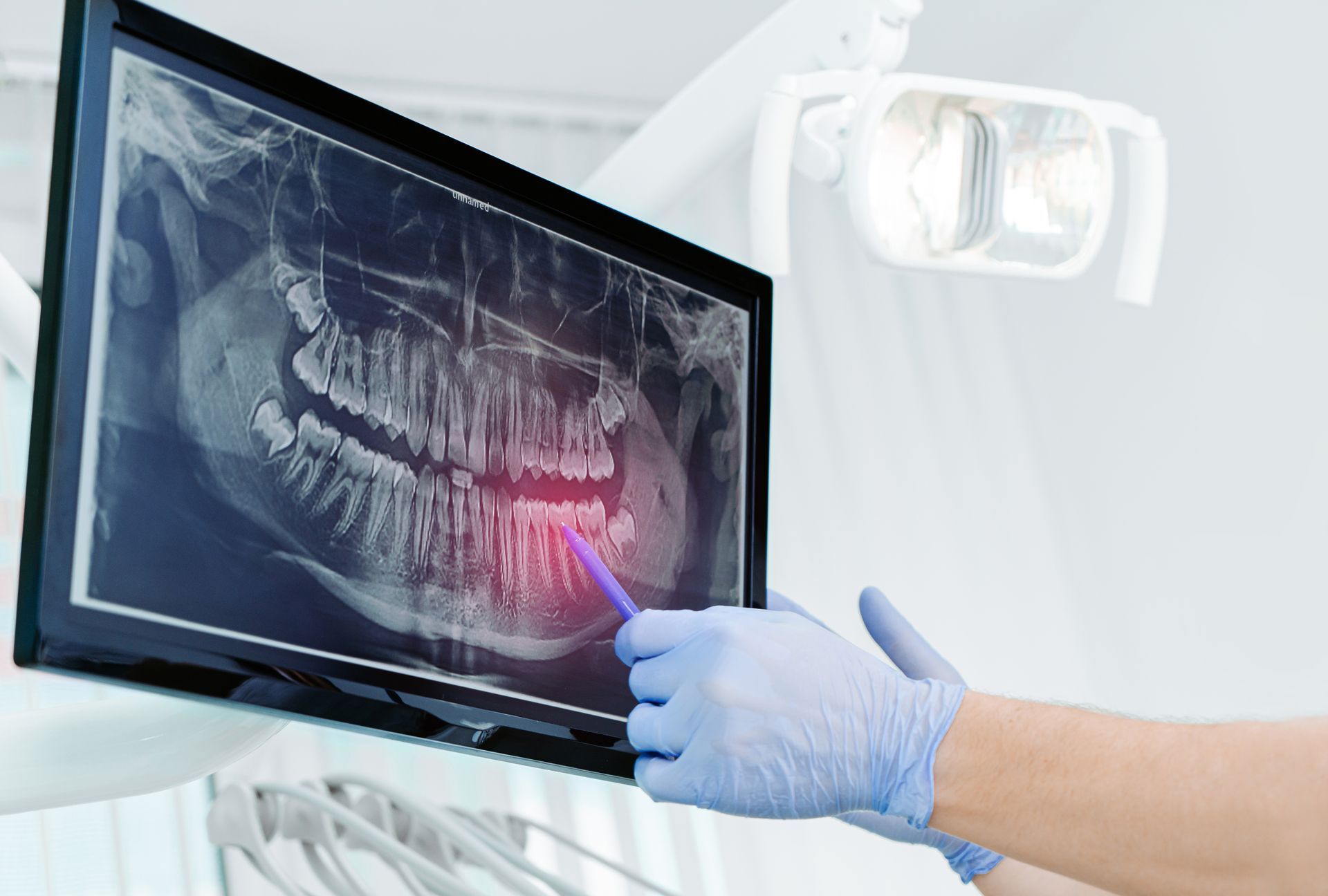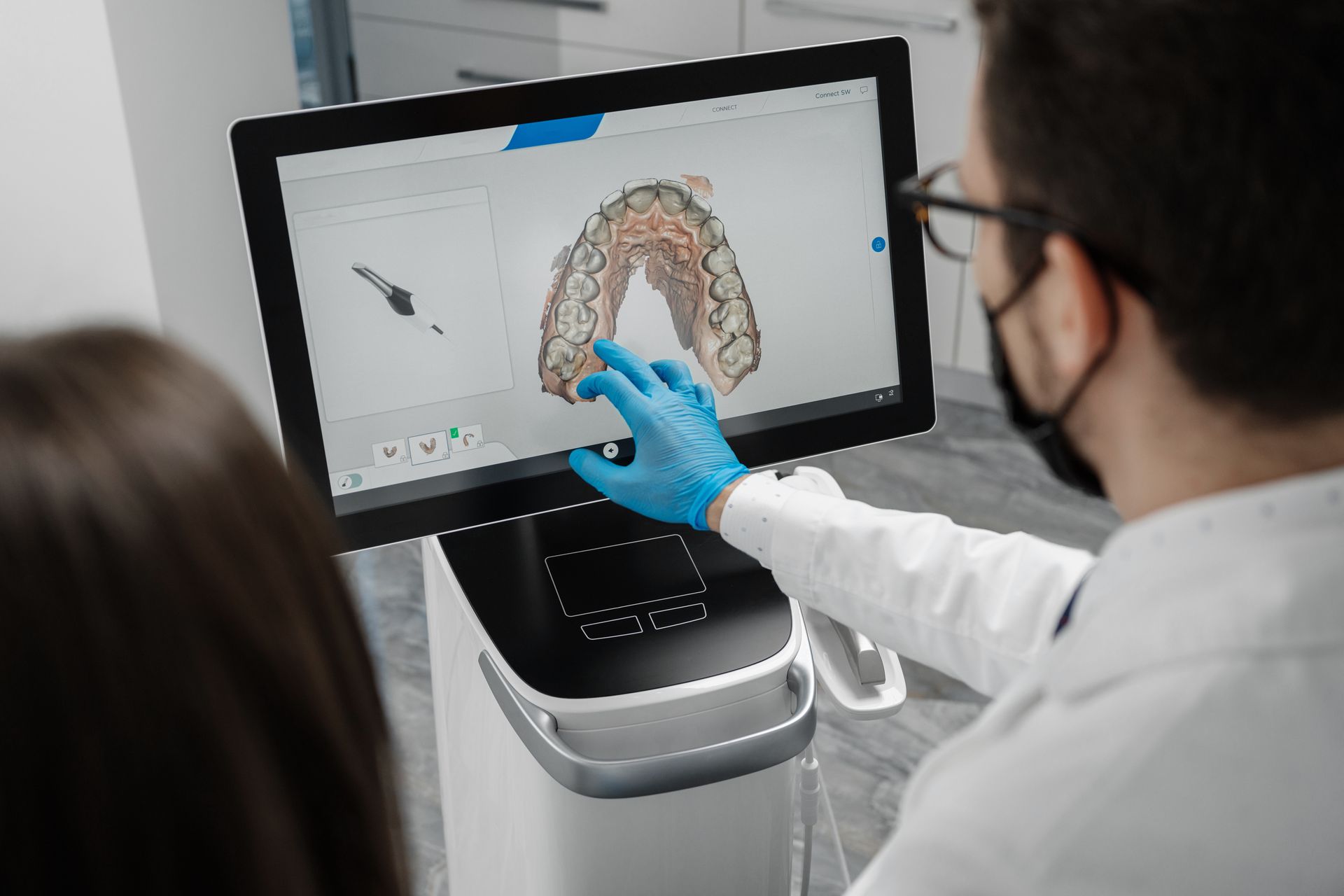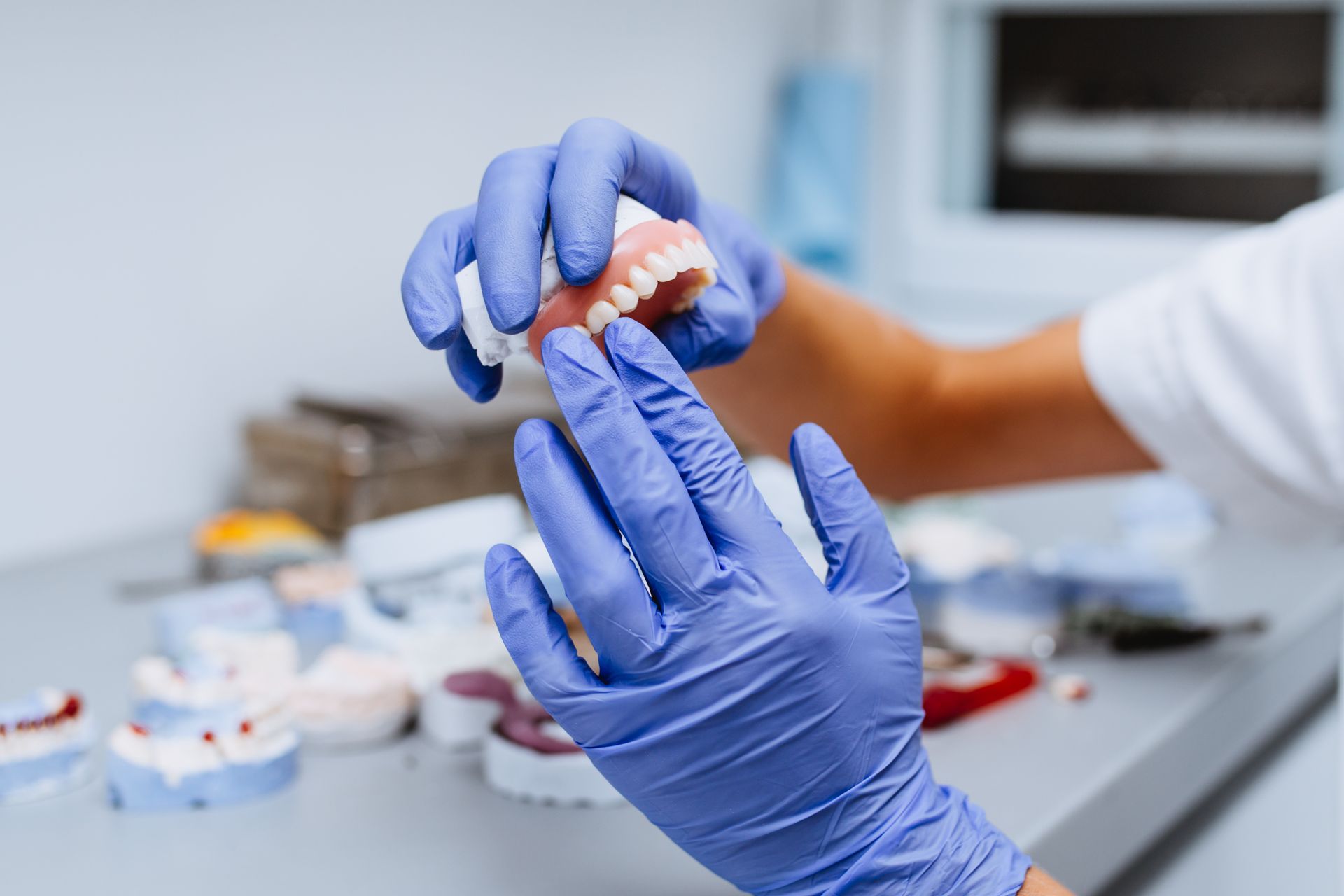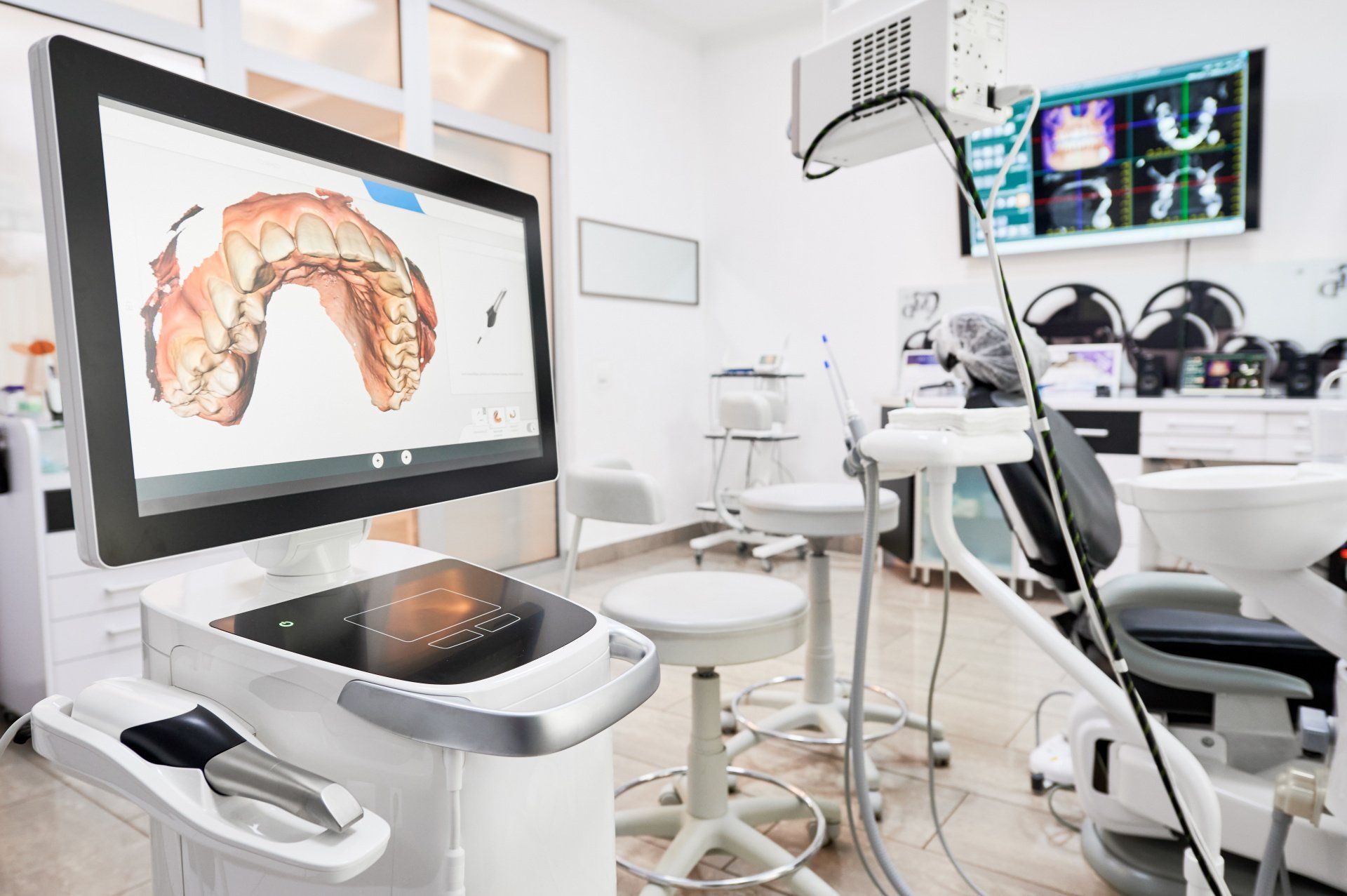Is Zirconia or Titanium Better for Implants? What to Know
Today, people are concerned about how their bodies receive substances. For example, when looking for replacement teeth, they might ask whether the implants use zirconia or titanium. Dental implants can significantly help patients improve their oral health, and dental laboratories have better products now because of technological innovations. Still, it's vital to know how they affect the body.
Here are things patients should know about Zirconia and Titanium Dental Implants:
What Makes Up Zirconia Implants?
Typically, manufacturers market zirconia dental implants as an alternative to titanium. This ceramic material is perfect for people looking for non-metal implants. However, most people don't know that ceramics contain metals as well, though it is in smaller amounts.
Why Someone Might Want to Choose Zirconia Implants
Zirconia dental implants have many advantages compared to titanium. The most apparent is the aesthetics; since zirconia has the same shade as teeth, it looks natural. Meanwhile, titanium implants can cause gum tissue discoloration.
Implants are usually 80 to 99 percent titanium. The rest of the material contains iron, manganese, chromium, tin, molybdenum, vanadium, zinc, zirconium, niobium, nickel, and tungsten. Some people are allergic to metals, however, and titanium allergy is one of the main reasons patients look for replacement implants.
Zirconia also causes less plaque formation, meaning fewer infections around implants. Finally, this material resists corrosion and is a poor thermal and electrical conductor.
Why Someone Might Not Choose Zirconia Implants
Zirconia implants are still new, and critical design components like the two-piece screw-retained abutments have only recently become available in the U.S. market. Also, there are limited options for zirconia implant designs and parts. It can be challenging for dental laboratories to get the best results, especially for people with several teeth to replace.
Also, there must be more studies into the long-term success of zirconia implants. Dentists have been using titanium for many years, which means it has gone through various studies and design improvements. Titanium implants have a success rate of 94 to 97 percent. Meanwhile, researchers do not have enough data on the long-term survival of zirconia implants.
Another downside to zirconia is that it has lower flexural and fracture strength. It is more likely to fracture than titanium, which means a greater chance of long-term complications. Typically, dentists use implants in the range of 3.0 to 3.75 millimeters because teeth only have tiny spaces in between them. However, this thinness is what makes zirconia implants especially prone to fractures.
Finally, zirconia implants are not ideal for treating patients with missing teeth or ones who need denture replacements. Treatments like these require more planning and various components, which titanium implants have. Zirconia implants do not have the versatility in angulation, purpose, and size that titanium systems do.
Conclusion
For some people, implants are a necessary part of ensuring good dental health. When a patient comes in for dental implants, it is necessary to present all the advantages and disadvantages of zirconia and titanium. No matter what type of implants they need, though, you will need a partner dental laboratory capable of delivering quick, high-quality results.
Choose Vitality Technologies as your partner
dental laboratory. We specialize in a range of cosmetic and restorative products like implant restorations, crowns, dentures, and more.
Schedule a consultation today to learn more!
